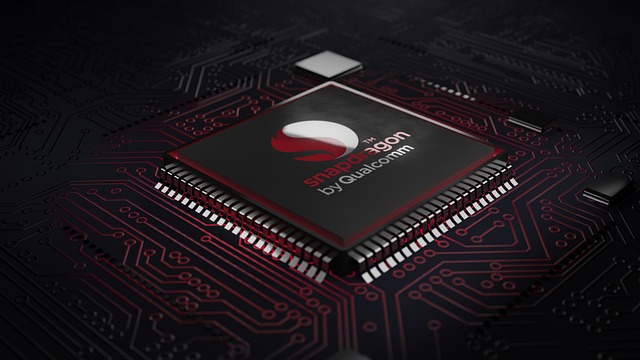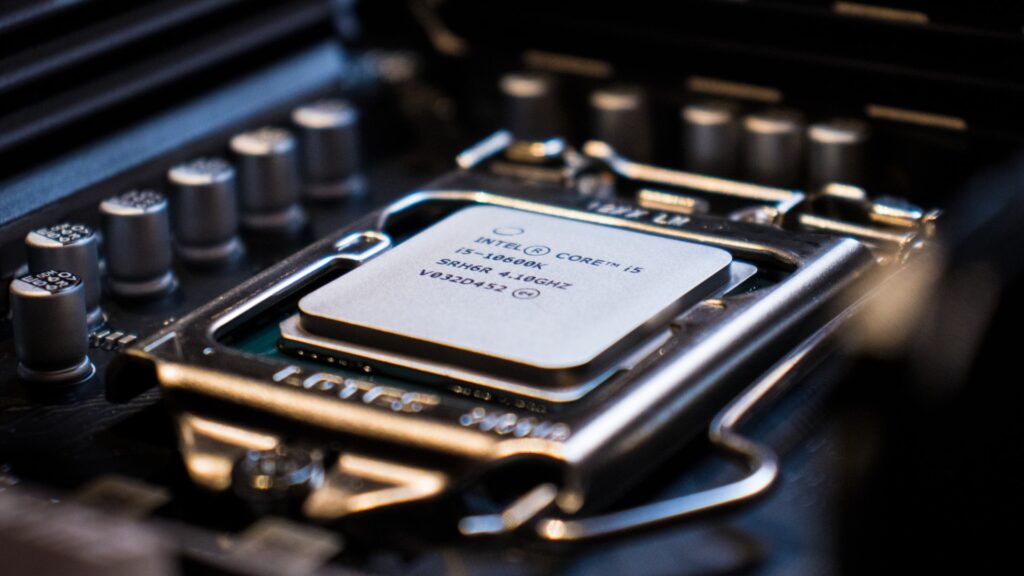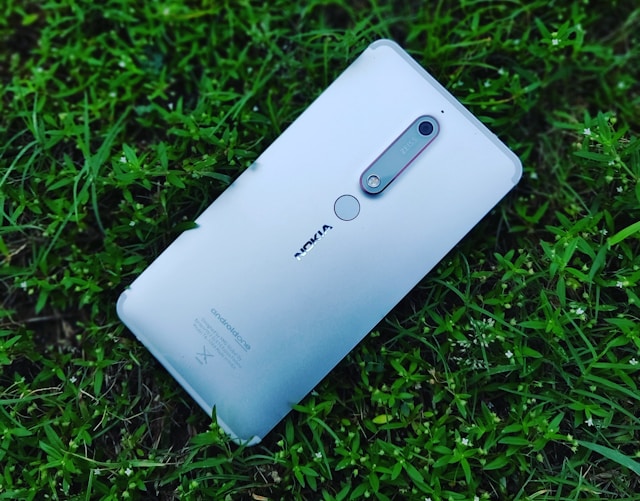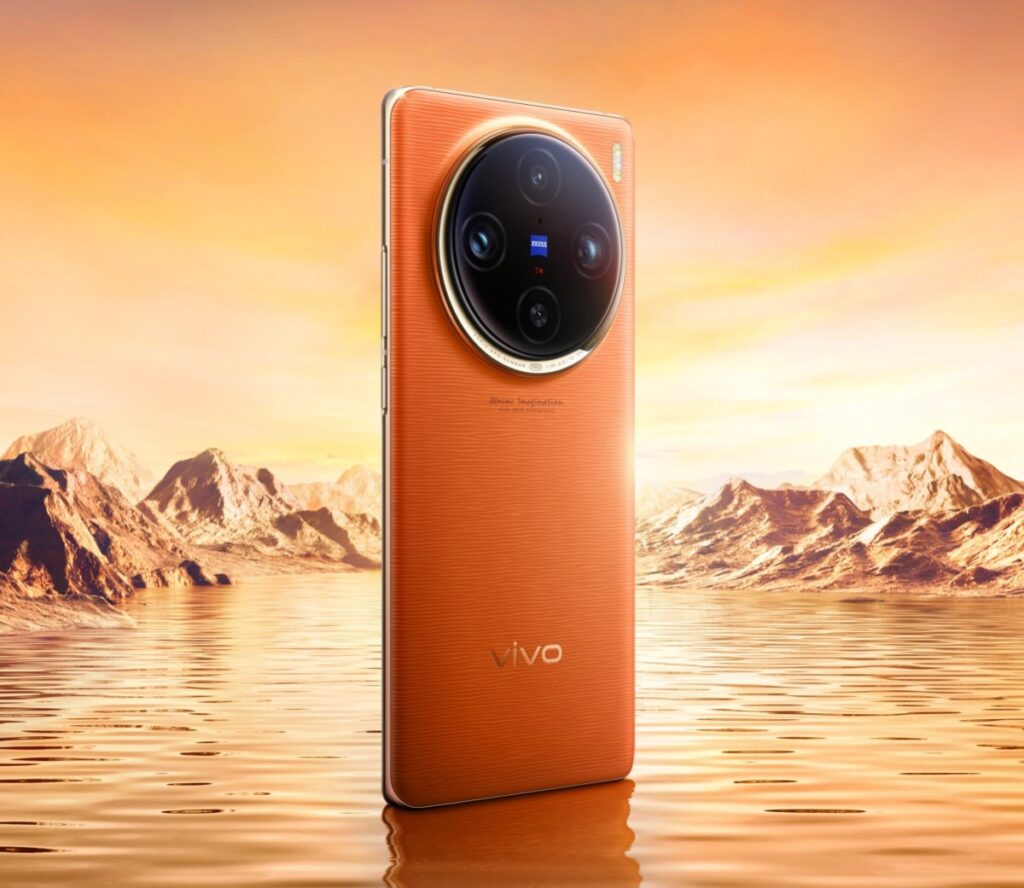The performance of smartphones is now higher from generation to generation, primarily due to the continuous upgrading of internal CPU processors, from single-core to multi-core, low-frequency to high-frequency, after so many years of development, and even gradually touched some computer processor performance edge.
At this time, people will ask, since computer CPUs are generally better than mobile phone CPUs, why not use computer CPUs to put them in mobile phones? This problem is actually very simple. As long as we understand the difference between computer and mobile phone CPU, the problem will naturally be solved. The biggest difference between mobile phone processors and computer processors is the difference in instruction set architecture. The CPUs in the mainstream PC market come from Intel and AMD, both of which use the X86 instruction set architecture. The mobile phone CPU uses the ARM architecture. Whether it is Huawei Hi-Silicon or Qualcomm Snapdragon, they are all based on the ARM instruction set architecture.
The X86 instruction set architecture belongs to the complex instruction set system, also called the CISC instruction set, while the ARM architecture belongs to the reduced instruction set system, also called the RISC instruction set. This is the fundamental difference between the mobile phone CPU and the computer CPU.

Different architecture means that the two have different focuses. Computer CPUs based on the X86 architecture focus on high frequency and high performance, while mobile phone CPUs focus on low frequency and low power consumption, relying on the ARM architecture. So officially because of the different architectures, the CPUs in these two fields have different characteristics, and it is such characteristics that the CPU processors in the two fields will not interfere with each other.
Power consumption and power supply difference:
The computer CPUs based on the X86 architecture have a high main frequency, so it has powerful performance, but they cannot achieve the ultra-low power consumption of a mobile phone CPU. The original intention of the mobile phone is to be convenient and portable, and the computer cannot solve the problem of power supply and battery life. At the same time, the size of the computer CPU is too large to fit into the phone. Even if you can put it in, you cannot solve the heat dissipation problem. Unless you keep expanding the size of the phone, that would violate the original intention of the mobile phone and become a portable one.
The performance of mobile phone processors is far less than that of computer CPUs. The advantage is that it can easily meet the problems of heat dissipation, power supply, and battery life. Moreover, the ecosystems between computer processors and mobile phone processors are completely different, and they cannot be compatible with each other in hardware and applications. This also proves the importance of the architecture to a chip. The ARM architecture cannot exceed the computer X86 architecture in performance, and the X86 architecture of the computer CPU cannot enter the low-power mobile phone mobile processor market.
Ecosystem differences:
The semiconductor industry is a big money-burner. Whether it is smartphone processors or computer processors, the annual investment is tens to hundreds of billions. In those days, Intel had a chance to get involved in the field of mobile phone processors. But unfortunately, the mobile phone market was not paid attention to at the beginning, and the Atom series processors did not continue the success of X86 on the PC, allowing ARM to successfully rise.
Now that ARM has steadily killed the mobile market, a huge ecosystem has been built, and mobile phones are a highly integrated product, and other manufacturers may have no intention of burning money to build an ecosystem, and different ecosystems are incompatible. Like you can’t open Apps directly on the Windows system, but can only use software such as emulators.
So even if there are products with performance comparable to ARM that is put on the market for a short time, it is difficult to make waves, because there is no corresponding underlying software and hardware ecological support, it is destined to be a small joke because the game you want to play cannot be played, and the application cannot be opened. It is the most realistic problem.
Of course, the computer’s X86 ecosystem is similar to ARM. AMD and Intel have relied on the Windows system in the consumer market to kill all quarters and occupy the absolute mainstream. If other products want to get involved, they can only use more Linux systems in the commercial field to grab a few shares.




